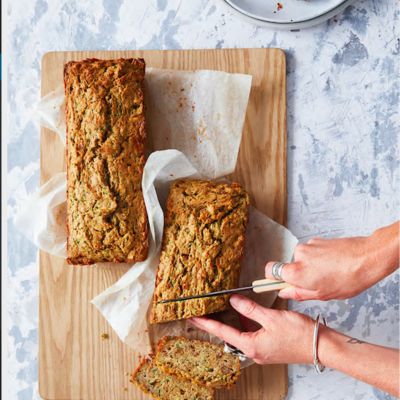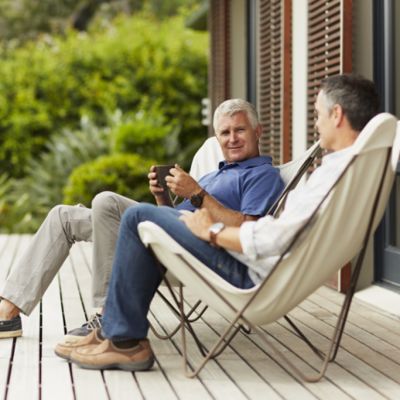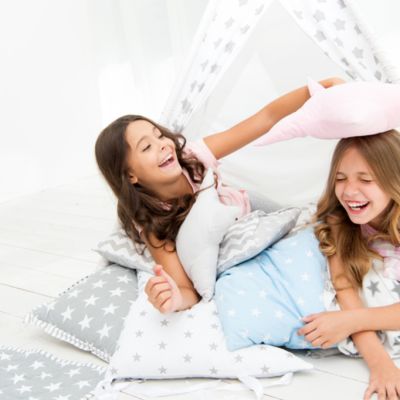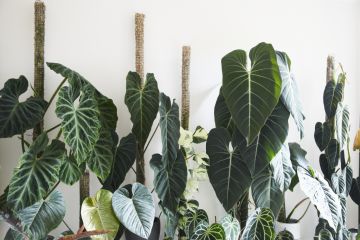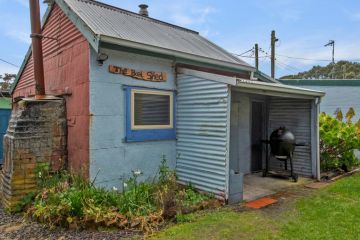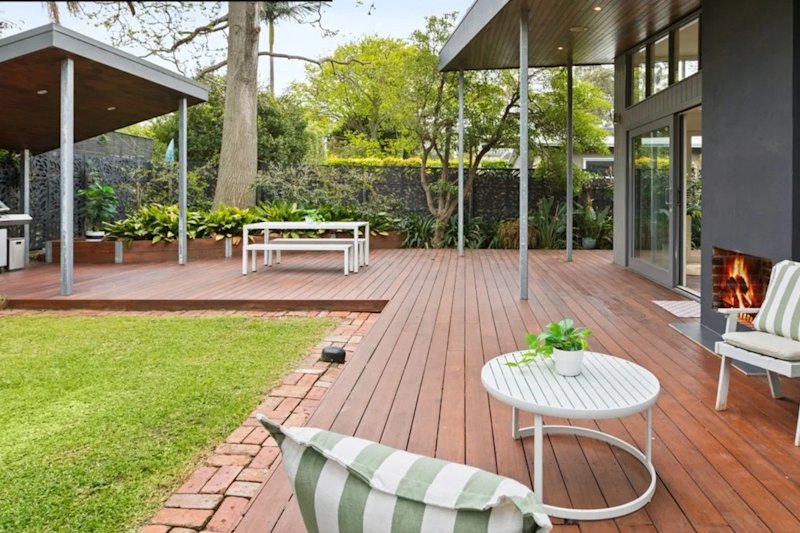Hygge is the perfect way to live in isolation
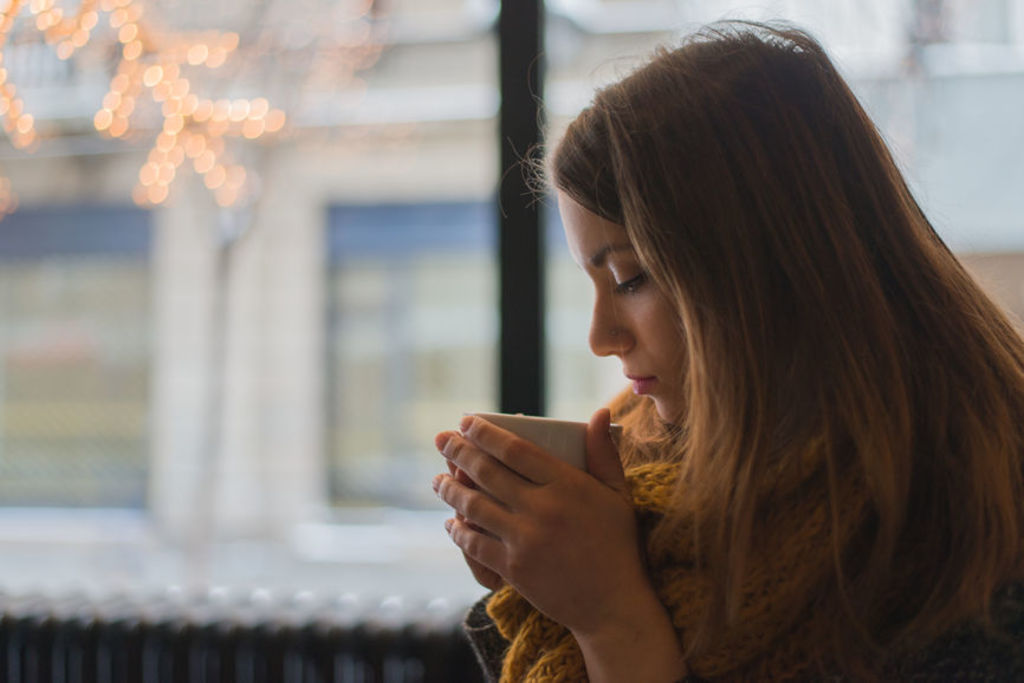
I always liked the sound of hygge (while also admitting that I’m still not 100 per cent sure how to pronounce it.) Feeling cosy and snug, preferably with a book and a cup of tea? Heaven.
Hygge had a big moment back in 2016. It was so popular that it was shortlisted as the Oxford Dictionary’s word of the year. It featured in books, lifestyle magazines and was even touted as an antidote to anxiety.
Several lifestyle trends followed. There was kalsarikannit (literally defined as, “the feeling when you are going to get drunk home alone in your underwear with no intention of going out”) from Finland, lagom (having “just the right amount” of a good thing) from Sweden, and wabi-sabi (celebrating everyday imperfections) from Japan.
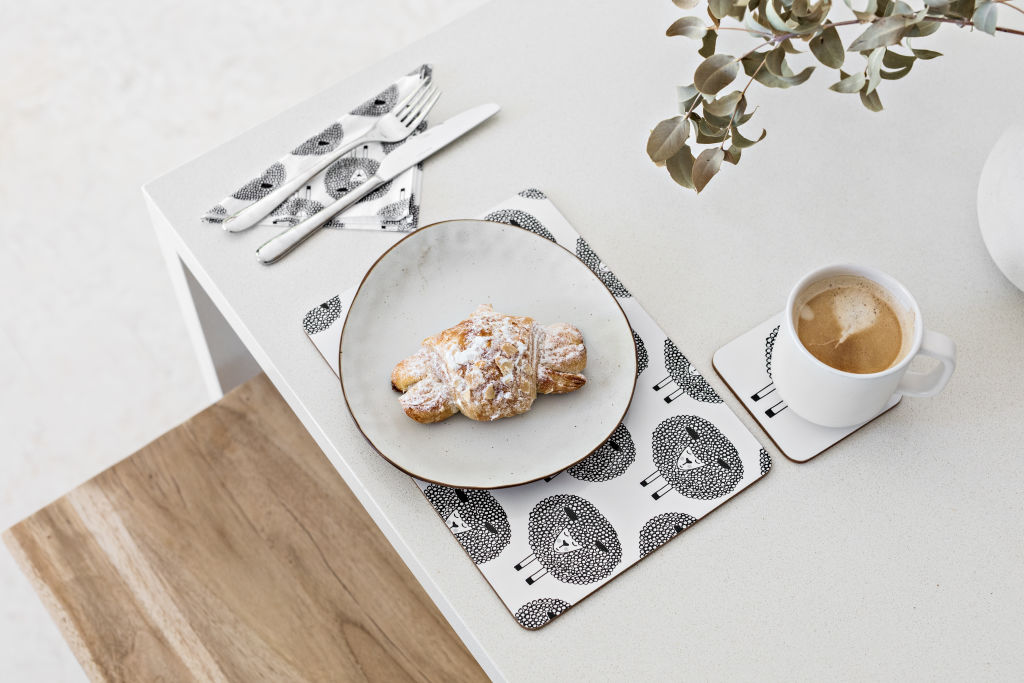
I always liked hygge the best. Let’s just say that I’m a sucker for a blanket.
Now that a global pandemic has forced us all to spend a lot more time at home, I’ve decided to fully embrace hygge.
I remind my family daily that we are lucky to have a nice (albeit untidy) home in which to stay safe, but my urge to wrap my husband (who has a heart condition) and my children up in bubble wrap has been almost primal.
I don’t have bubble wrap, so instead I wrap them in blankets. I light candles. I snuggle up. I make our home cosy and, in doing so, I feel safe.
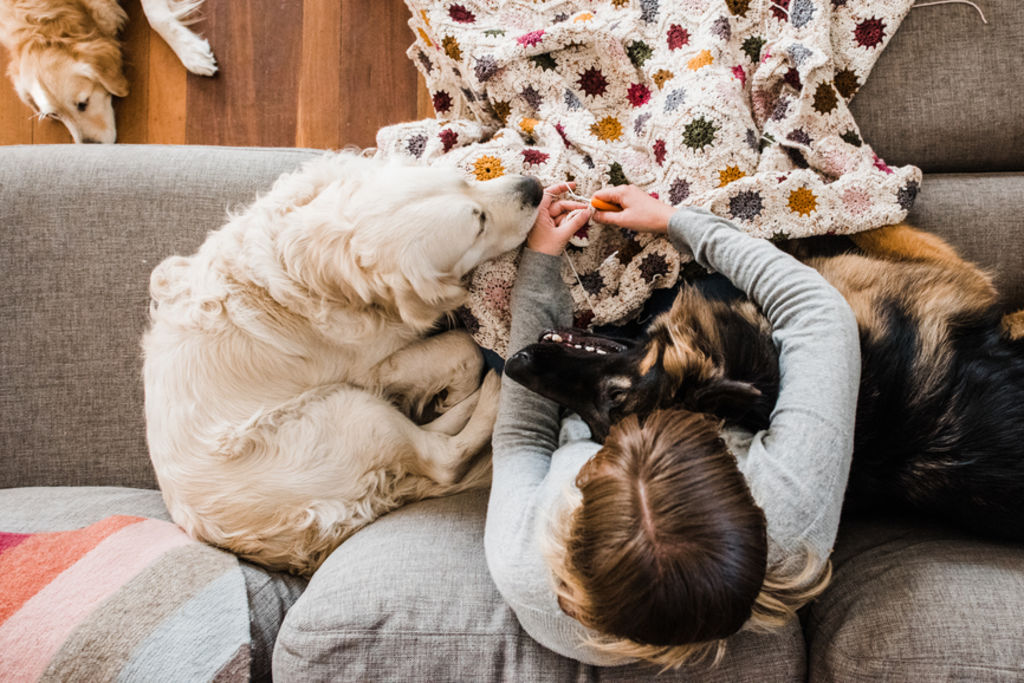
The director of My Hygge Home, Joss Daly, tells me that I’m not alone. “Hygge is a wonderful way to help make isolation more bearable and comforting during a time that is completely foreign to us,” she says.
“Although some people may feel imprisoned in their homes during isolation, creating a hygge vibe in the home can generate a safe haven, where we feel nurtured, content and warm.”
Meik Wiking, author of The Little Book Of Hygge and chief executive of The Happiness Institute, echoes this when he tells me that, ultimately, hygge is like a hug.
“Hygge is about feeling safe and secure and, ultimately, you know it when you feel it: it can also be cuddling up to a loved one on the sofa, or sharing comfort food,” he says.

So how can we make our locked-down homes feel a little more hygge? “The one thing that every home needs is a ‘hyggekrog’, which roughly translates as ‘a nook’. It is the place in the room where you love to snuggle up in a blanket, with a book and a cup of tea,” says Wiking.
On top of this, Wiking notes that hygge isn’t just about the way that things look; it’s about how things feel. “Letting your fingers run across a wooden table, a warm ceramic cup or through the hairs of the skin of a reindeer is a distinctly different feeling than being in contact with something made from steel, glass or plastic,” he says.
Sadly, I don’t have any reindeer skin handy. But I do have plenty of blankets, tea and books. So while the lockdown continues, I’ll be hunkering down in my hyggekrog and hoping that my family play along.
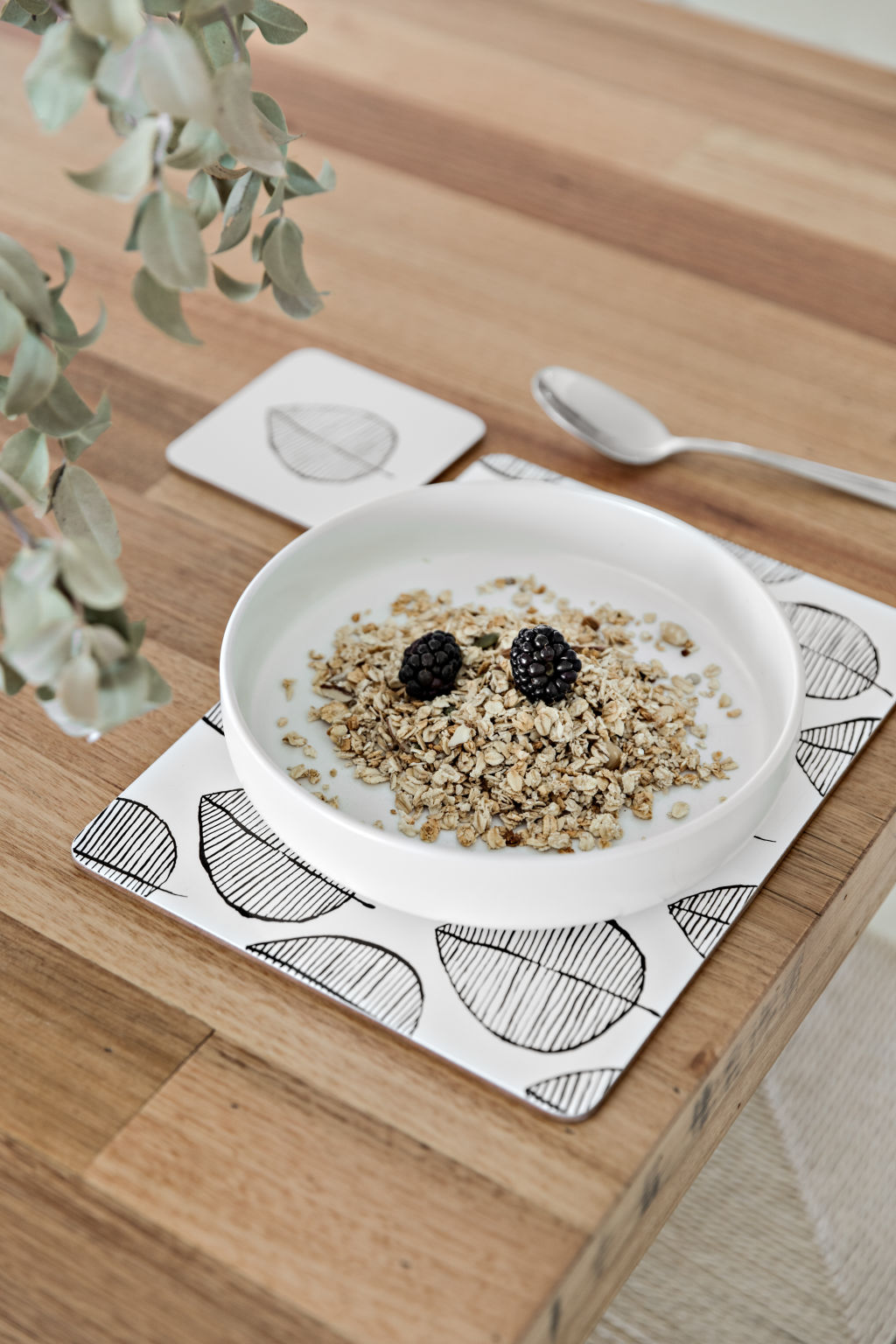
Want more hygge tips for your home? Joss Daly has the following suggestions:
- Home cooking – comfort foods full of healthy goodness such as soups and casseroles, loaded with meat cuts and vegetables, help make people feel happier, and it’s a great way to boost immunity. Cap the night off with a hot chocolate for a sweet indulgence.
- Set the table for meal times and gather the family together. This creates a sense of belonging and is the perfect time to share laughs, thoughts and feelings around the table.
- Create soft and natural lighting. Use candles, light the fire and use lamps with soft glows to create a cosy autumn feel.
- Use comfortable, natural and soft furnishings such as extra blankets and cushions to relax back.
- Reduce screentime by exercising daily outdoors, playing board games as a family and reading books that you’ve been too busy to read.
We recommend
States
Capital Cities
Capital Cities - Rentals
Popular Areas
Allhomes
More
- © 2025, CoStar Group Inc.
